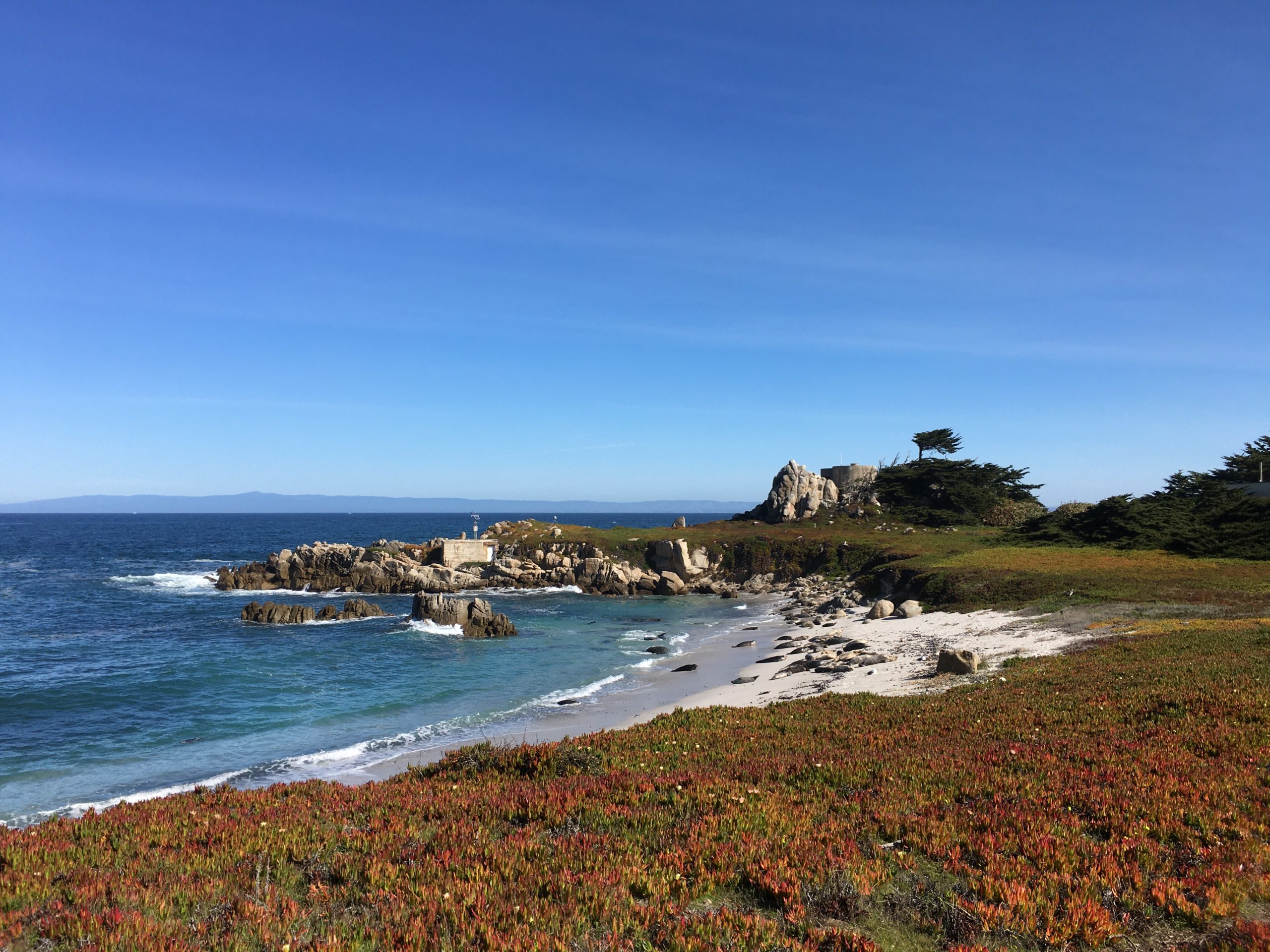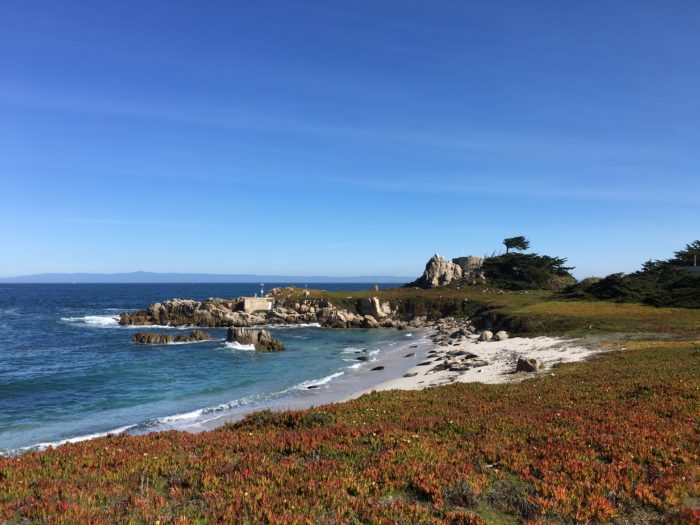
Blog: A great 30th year, and more to come By: Dan Haifley
September 18 marked the 30th anniversary of Monterey Bay National Marine Sanctuary and on October 23, the national system of marine sanctuaries and marine national monuments turned 50. Over 360 friends and supporters participated in a gala that raised $150,000 for Monterey Bay National Marine Sanctuary programs on the night of September 17 in Santa Cruz.
The staffs of Monterey Bay National Marine Sanctuary, and the Monterey Bay Chapter of the National Marine Sanctuary Foundation, worked hard along with interns, volunteers, foundation board members, and partners to create a memorable year for our sanctuary.
Does it really matter? If you want to protect biodiversity, fight climate change and promote ocean research, education and protection, then the answer is yes. Why?
Marine sanctuaries promote ocean health
The ocean produces half the world’s oxygen produced by plant life, generates weather, absorbs excess atmospheric carbon, and supplies food. But it is under stress. 15 national marine sanctuaries and 2 marine national monuments in a system established 50 years ago by Congress provide a way to relieve that stress by protecting marine life, ecosystems and maritime heritage areas including shipwrecks and Native American sacred sites. 620,000 square miles of ocean and Great Lakes Waters are now protected and while impressive, it is a fraction of our over four million miles of federal waters, though nominations are open for new sites.
Monterey Bay National Marine Sanctuary has a professional team that conducts research, education, and protection for productive waters that absorb excess carbon from climate change, produce oxygen, and support habitats for species including blue whales, California sea otters, birds, invertebrates, deep sea creatures, and fish. Its 6,094 square miles include Monterey Submarine Canyon that plunges 11,800 feet deep off Moss Landing, and Davidson Seamount, added in 2009, whose 7,500-foot-high summit is 4,000 feet below the surface, 75 miles west of San Simeon.
More sanctuaries may be designated
There is hope for more.
Among the sites now being considered for marine sanctuary status on the West Coast includes Chumash Heritage off San Luis Obispo and northern Santa Barbara counties Alaĝum Kanuux̂ (Heart of the Ocean) off Alaska, St. George Unangan Heritage also off Alaska, and Mariana Trench in the Western Pacific, which is currently a Marine National Monument. These new sites are tribally nominated.
Chumash Heritage National Marine Sanctuary, potentially covering more than 7,000 square miles off San Luis Obispo and northern Santa Barbara counties, would be the first tribally nominated marine sanctuary. The campaign for that site has engaged tens of thousands of people so far and will continue to until a hoped-for 2023 designation.
Other sites currently on the list as candidates for marine sanctuary status include Hudson Canyon off New York and New Jersey, Lake Ontario in New York, and Lake Erie Quadrangle in Pennsylvania.
Supporting the work
The National Marine Sanctuary Foundation advocates for new and existing marine sanctuaries, and their funding. Monterey Bay National Marine Sanctuary Foundation was established in 2017 to advocate for the sanctuary and to raise funds to supplement the federal funds it receives.
One of the projects that the Monterey Bay foundation chapter supports is the whale disentanglement team, in which California national marine sanctuaries are deeply involved. Learn more about what work is being done at montereybayfoundation.org. If you are so moved, please consider making a year-end gift, either directly to the foundation, or through Monterey County Gives, or Santa Cruz Gives!

Dan Haifley currently serves on the Monterey Bay National Marine Sanctuary Foundation board. He can be reached at dan.haifley@gmail.com.

